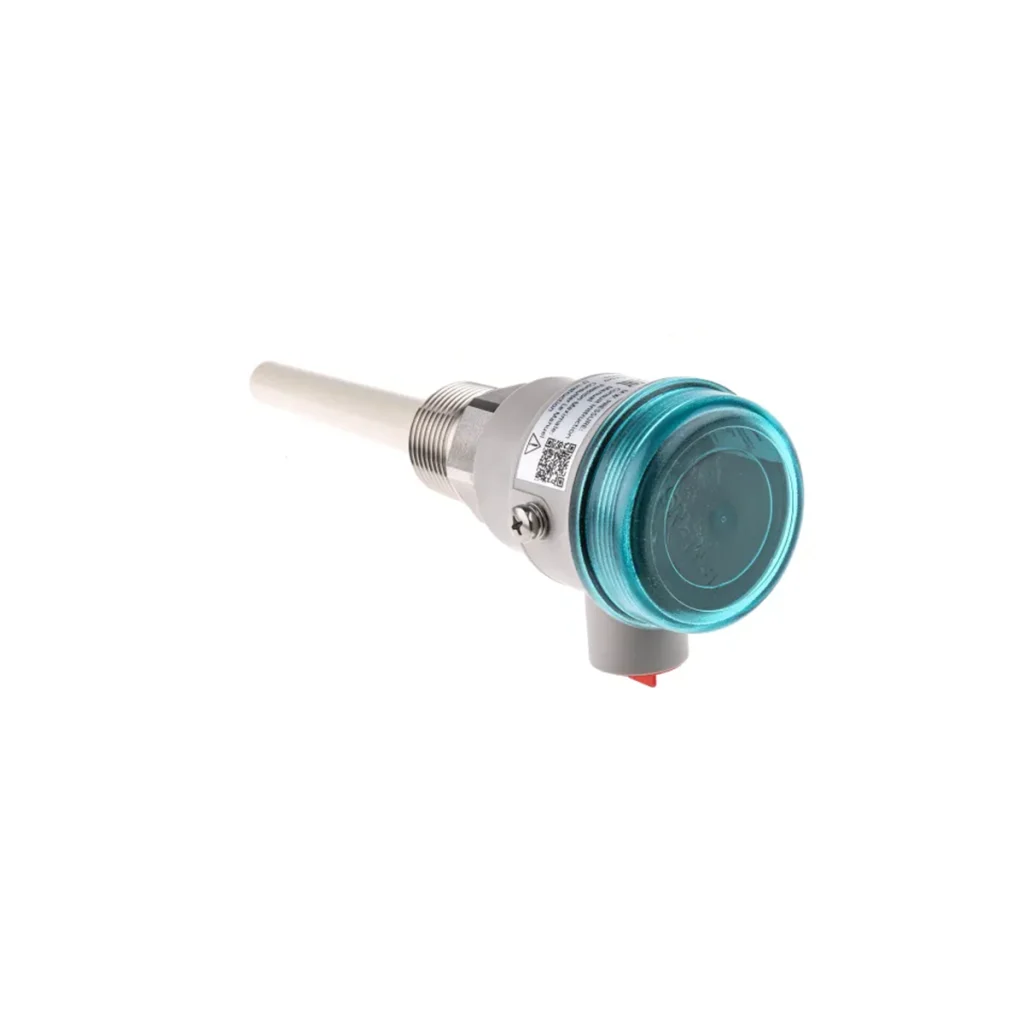
Level sensors are devices used to detect and measure the level of liquids, powders, or solids within a container or vessel. These sensors are essential for Level Measurement in industries such as water treatment, food and beverage, oil and gas, and manufacturing. These sensors can work alongside level switches to trigger alarms or activate systems when specific levels are reached, or with level transmitters to provide real-time data for process optimization. By providing real-time data, level sensors help optimize process control, prevent overflows or shortages, and ensure safety. Available in various types, including ultrasonic, capacitive, and float-based, level sensors are designed to meet a wide range of application needs.
Level sensors offer essential features that enhance their functionality in industrial applications:
Level sensors are widely used in industries where accurate material level monitoring is critical:
Level sensors monitor the water levels in tanks and reservoirs, ensuring the efficient flow of water throughout treatment processes.
In food and beverage processing, level sensors track liquid levels in tanks, ensuring proper mixing and maintaining consistent product quality.
Level sensors are essential for monitoring oil, gas, and chemical levels in storage tanks and pipelines, ensuring operational safety and preventing leaks.
In industrial manufacturing, level sensors are used to monitor raw material levels, ensuring smooth production processes and preventing shortages or overflows.
Chemical plants use level sensors to monitor the levels of hazardous materials and liquids, ensuring safety and proper handling.
Level sensors offer several key benefits that make them indispensable for industrial processes:
Level sensors provide continuous, accurate data on material levels, helping operators make informed decisions and maintain optimal system performance.
With various sensing technologies available, level sensors can be used in multiple industries and for a wide range of materials, from liquids to powders and solids.
Level sensors are built with durable materials that resist corrosion and environmental stress, providing long-term reliability with minimal maintenance needs.
By delivering real-time data to control systems, level sensors enable automatic adjustments, helping prevent overflows, shortages, and process interruptions.
Level sensors offer a cost-effective way to monitor material levels, reducing the risk of costly downtime, accidents, or system failures.
Proper installation and maintenance are key to ensuring the accurate performance and longevity of level sensors:
Improve your material level monitoring with high-quality level sensors designed for accuracy, reliability, and long-term performance. Contact us today for a quote or visit our website to explore our range of level sensors tailored to your industry’s specific needs. Let us help you achieve precise level control and optimize your operations.
No related products found.